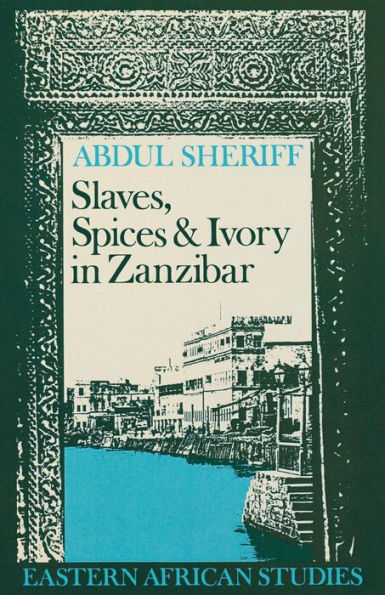5
1

Slaves, Spices and Ivory in Zanzibar: Integration of an East African Commercial Empire into the World Economy, 1770-1873
317
Slaves, Spices and Ivory in Zanzibar: Integration of an East African Commercial Empire into the World Economy, 1770-1873
317Related collections and offers
34.99
In Stock

Product Details
| ISBN-13: | 9780821440216 |
|---|---|
| Publisher: | Ohio University Press |
| Publication date: | 09/30/1987 |
| Series: | Eastern African Studies |
| Sold by: | Barnes & Noble |
| Format: | eBook |
| Pages: | 317 |
| File size: | 17 MB |
| Note: | This product may take a few minutes to download. |
About the Author
From the B&N Reads Blog
